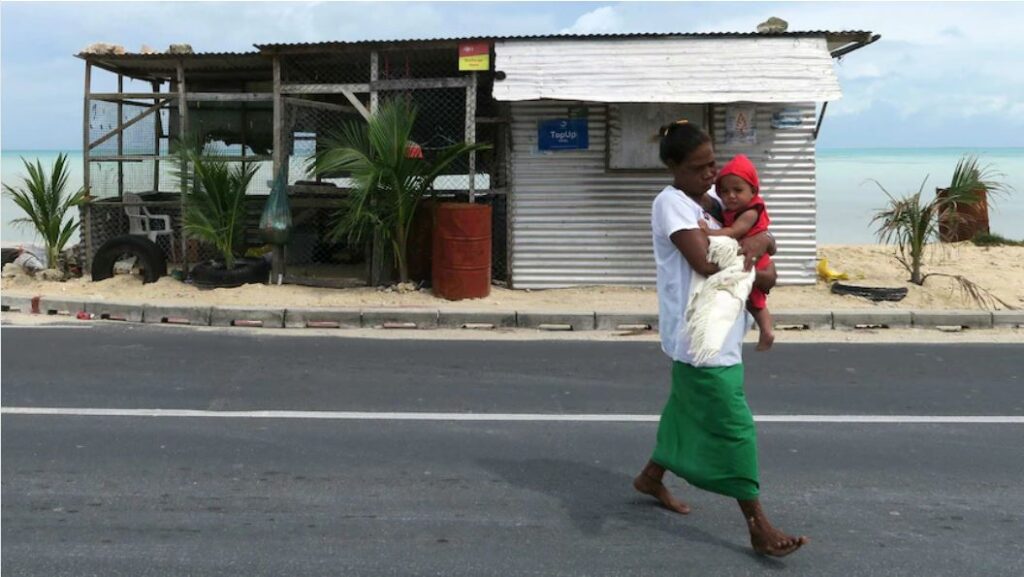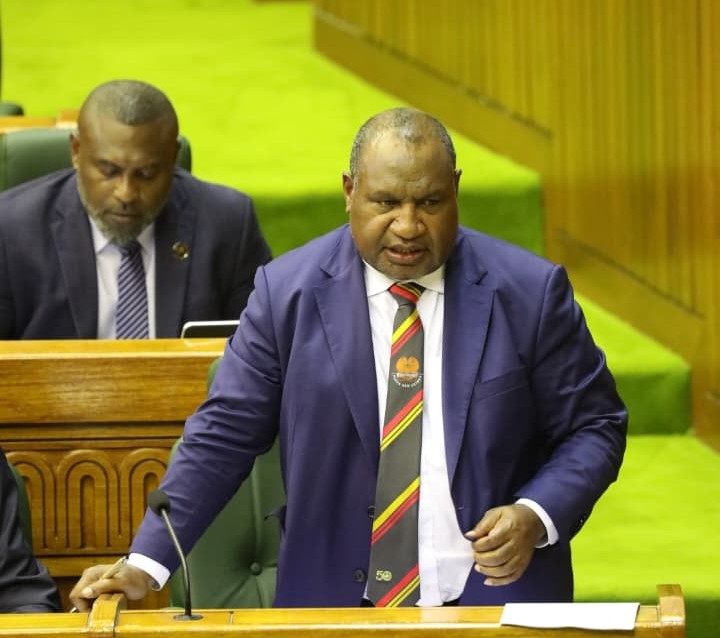NEWS
DONORS DIG DEEP TO PROP UP PACIFIC ECONOMIES LEFT REELING BY COVID
 By PNG Haus Bung |
November 1, 2022
By PNG Haus Bung |
November 1, 2022

New figures show foreign aid to the Pacific surged to record highs as the COVID-19 pandemic wreaked havoc on regional economies, while Chinese development assistance fell to a new low.
The findings are contained in the latest iteration of the Lowy Institute's Pacific Aid Map, which analyses the flow of overseas development assistance into the region in 2020.
The main author of the map, the Lowy Institute's Alexandre Dayant, told the ABC several donors – particularly multilateral institutions – moved swiftly to help prop up Pacific economies left reeling by the pandemic and the shutdown of international travel.
"It's very impressive and it shows that the international community responded very swiftly in the face of the dire consequences of COVID in the Pacific," he said.
ADB outspends Australia
The Institute says donors ploughed almost $6.2 billion into the region in 2020, substantially more than the $4.5 billion they provided in 2019.
Australia remained by far the largest donor country in the Pacific.
The Aid Map estimates Australia spent more than $1.4 billion on assistance to the Pacific in 2020, around 29 per cent of the total foreign aid provided.
However for the first time since Lowy's records begin, Australia was narrowly eclipsed as the largest donor entity in the Pacific, with the Asian Development Bank (ADB) providing $1.65 billion in assistance – around 34 per cent of the total.
Mr Dayant said the ADB effectively tripled its development budget in the region in response to COVID-19, offering loans to several Pacific Island countries to help them stay afloat.
[caption id="" align="alignnone" width="906"] Chinese development assistance to the Pacific has been decreasing since 2016.(ABC News: Kurt Johnson)[/caption]
Chinese development assistance to the Pacific has been decreasing since 2016.(ABC News: Kurt Johnson)[/caption]
"This is a huge increase in loans and huge budget support in the Pacific," he said.
"There was a decrease in non-COVID projects, because many development partners couldn't implement projects on the ground due to travel bans and health measures," he said.
"This meant that direct budget support was one of the best and quickest ways to provide finance and the resources that Pacific Island countries needed at the time."
The largest donors after Australia and the ABD were Japan, the United States and New Zealand, which spent $477 million, $375 million and $350 million respectively in 2020.
China spent just $273 million in 2020, the lowest annual figure recorded in the data captured by the Pacific Aid Map, which tracks foreign aid since 2008.
China's supply and demand issues
Mr Dayant said Chinese development assistance to the Pacific had been decreasing since 2016.
"It's both on the demand and supply side," he said.
"On the supply side, China's economy has been slowing down so perhaps it's less appealing for the Chinese government to make these loans or to help other countries around the world.
"And on the demand side, perhaps Pacific nations have woken up to the fact that the quality of the Chinese loans and some infrastructure projects might be a bit questionable.
"So this might have had an impact on the Pacific's appetite for these projects."
Mr Dayant said Chinese loans for infrastructure were also comparatively expensive, and several other countries were now offering infrastructure financing to Pacific Island nations.
"In 2020 the landscape for infrastructure financing has changed, it's more crowded, with many more players – including Australia," he said.
"So I think basically it's becoming harder and harder for China to compete."
However, Beijing still spent around $50 million on projects in both Solomon Islands and Kiribati, the two Pacific Island countries which switched recognition to China from Taiwan the year before.
Mr Dayant said while the broader surge in development assistance was crucial during COVID-19, several Pacific nations were now dealing with very high debt levels, and donors had to make sure they weren't overloaded.
"Because the fiscal space and the debt situation in the Pacific is getting worse it is important for development partners to act with care in the Pacific," he said.
"Budget support is a great tool for development partners to help the region, especially now as we see economic recovery in the region. So the money you invest can generate more.
"But still, extra care will need to be taken for those who want to lend."
Source: ABC Pacific
Related News
 Chinese development assistance to the Pacific has been decreasing since 2016.(ABC News: Kurt Johnson)[/caption]
Chinese development assistance to the Pacific has been decreasing since 2016.(ABC News: Kurt Johnson)[/caption]






